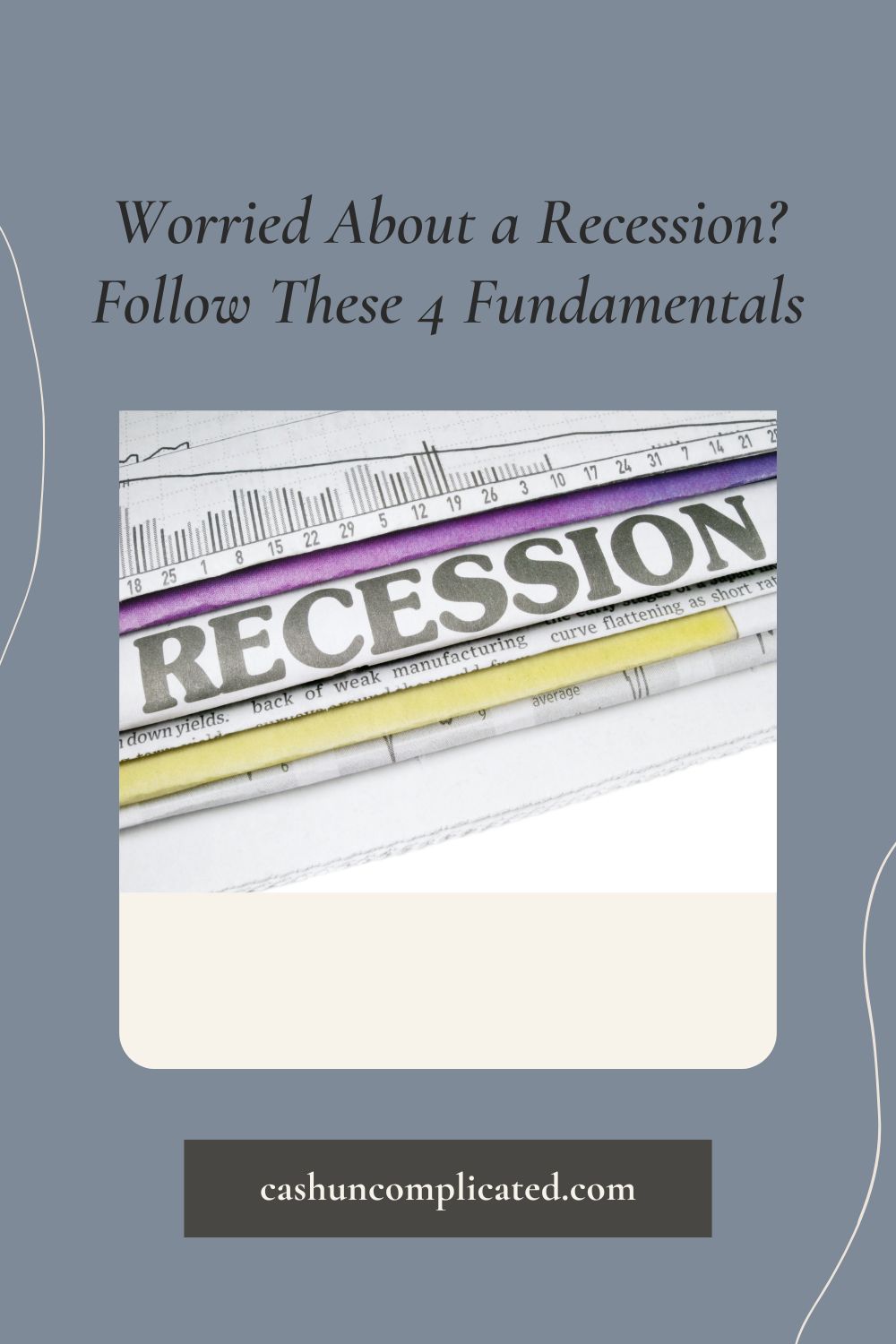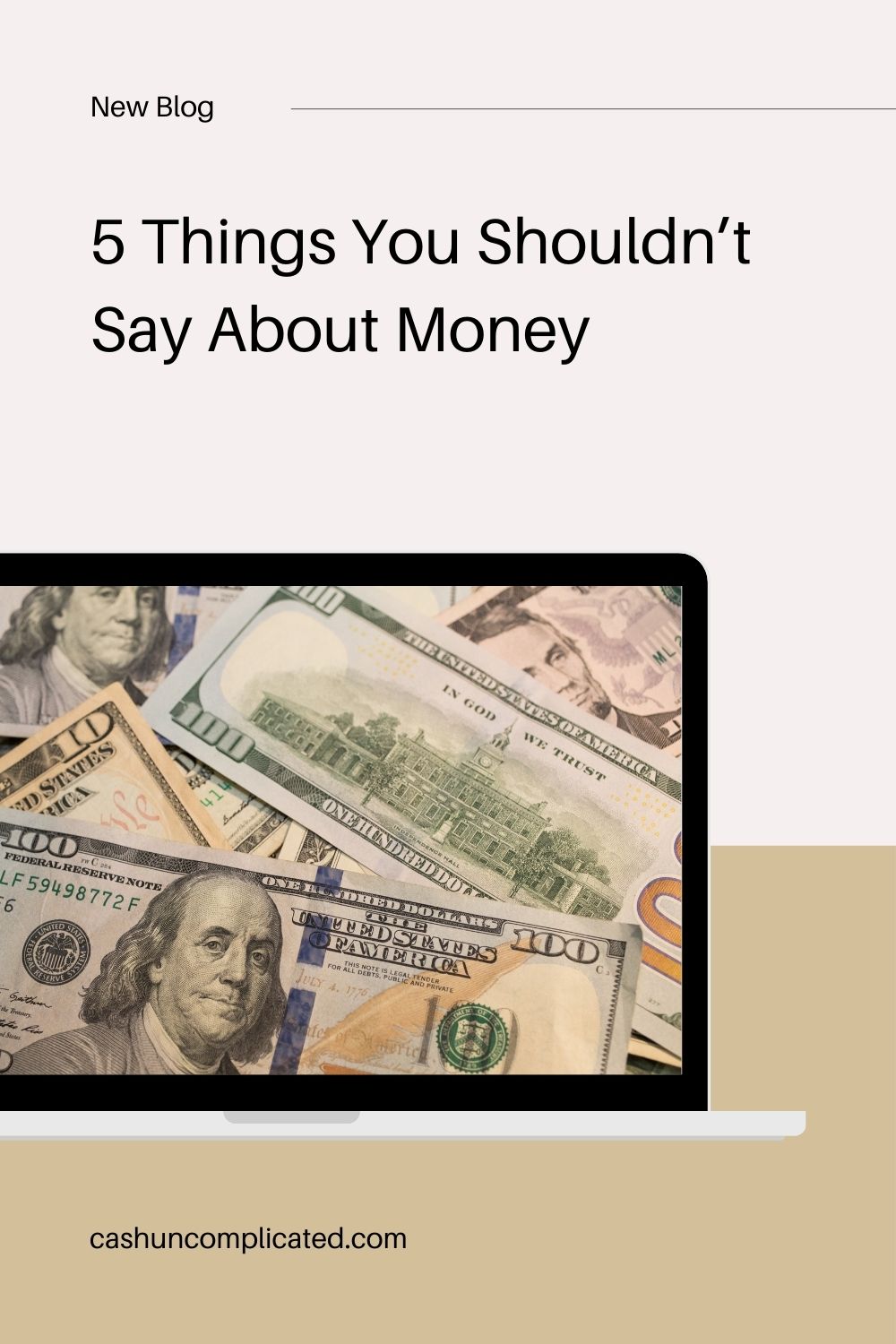Assuming a consistent rate of return, the more money you invest, the more rapidly your money grows. That’s a fairly easy principle to understand. The challenging part is finding a way to actually invest more money. This article will discuss six ways to do just that.
For the purposes of this article, we are assuming all bad debt has been paid off and you are ready to invest more heavily.
1. Raise
As soon as you get a raise at work, invest it. You are already used to living on your old salary, so why not just invest the pay increase? Set up an online investment account and automate your raise.
Here’s how it works. Suppose you get a raise of $25 every paycheck. Set up your investment account to automatically receive a transfer of $25 each paycheck. If you know you’ll be receiving a raise January 1st, set up the automatic transfer in advance, like on December 15th. That way it’s automatic, and you don’t have the chance to spend the money and get used to having it. This will also be your greatest tool in avoiding lifestyle creep.
Many companies allow you to set up automatic transfers with HR so that the money literally goes straight from company payroll to your investment accounts. Check with HR to see if your company does this. If not, you can always automate a transfer from your checking account to your investment account. Both ways are automatic and easy.
2. Bonus
A bonus at work is different than a pay raise. A pay raise is usually a consistent new stream of income, while a bonus can be a one-time thing, a once a year occurrence, or occur sporadically. Therefore, you’ll want to treat a bonus different than a pay raise.
As soon as you get a bonus, manually set up a transfer to your investment account. Sure, that’s not as fun as using it as a down payment on a new car or taking a vacation to Tahiti, but it will rapidly increase your wealth.
Another thing to remember is that it doesn’t have to be all or nothing. The way to optimize your investments is obviously to invest 100% of your bonus. However, there is also living for the now, and enjoying part of your bonus on a splurge. If you cringe at the thought of having to invest 100% of your bonus, there are alternatives.
What if you invested 90% of your bonus and spent the remaining 10% on a splurge? Or invested 80% and splurged on the other 20%. You can divide your bonus as much as you want, just remembering that the less you invest, the slower you will build long term wealth. My recommendation is to invest a minimum of 80% of your bonus.
3. Tax Refund
If you get a tax refund, that’s money outside your normal monthly inflow. Which means you don’t need it for your routine expenses. Invest your tax refunds. As soon as you receive your refund, set up a transfer to your investment account so that the money is out of sight, out of mind. Don’t give yourself a chance to spend it by letting it sit in your checking account.
Many people get a tax refund and immediately spend it on a vacation or some other large expense. Immediately transferring the money will reduce that temptation. A tax refund may be unexpected, but it’s not a green light to go out and spend it.
A tax refund just means that you overpaid the government for that year. Think of it as an accounting error in your favor and just invest it.
4. A Paid Off Debt
When you pay off a debt, it’s like giving yourself a raise. For example, if you pay off a $300 per month car loan, you now have $300 extra dollars every month. Assuming you don’t have additional bad debt to pay off, immediately invest that money.
As soon as that last car payment is made, set up your investment account to automatically withdraw $300 the next month. Just like the previously written about strategies, don’t let the money sit in your checking account because you will find a way to spend it. So if you pay off your car on March 1st, set up your investment account to withdraw $300 on April 1st.
It may be tempting to go out and celebrate because it feels great to pay off a debt, especially a large one. Go ahead and celebrate, you worked hard and deserve to recognize yourself. Just don’t make the celebration a permanent $300 a month celebration.
5. Refinancing a Loan
With historically low interest rates over the past several years, many people are taking advantage by refinancing. This has resulted in significant savings, especially for home loans. To take full advantage of a refinance, invest the difference.
As an example, let’s use a $1,900 house payment. After the refinance, the new monthly payment is $1,750, a $150 difference (yeah, I know, I’m using easy math). Just like with our other examples, immediately set up an automatic transfer every month to your investment account for $150. No time to sit in your checking, no time to wonder what to do with it. Make it easy on yourself and automatically invest it.
Many would say to pay an extra $150 per month on the house so that you can pay off the house faster. That’s not a bad strategy either, but it’s a topic for another article.
6. Fully Funded Emergency Account
Last but not least, the fully funded emergency account. What a fully funded emergency account should look like is a topic of its own. To make it simple for this article, let’s assume you’ve met whatever criteria you set out to meet in funding your emergency account.
Now that your emergency fund is fully funded, you’ve got extra money every month. If you used to contribute $400 per month to your emergency fund, you now have a surplus of $400. Take advantage of the money by immediately investing it. Again, don’t let it sit in your checking or it will be spent.
This whole process should take less than 5 minutes. Simply stop the automatic payment to your emergency fund and begin the automatic deduction to your investment fund. Simple as that, you’re done. No thinking about what to do with the money, no letting it sit in your checking account.
It Doesn’t Have to be All or Nothing
These 6 investment strategies don’t have to be all or nothing. To optimize, follow all of the strategies to a tee. However, humans aren’t perfect, and life happens. You may decide you want a slightly higher monthly cash flow and modify any one of these strategies.
For example, if you fully fund your emergency account, you may decide that instead of investing the entire $400 that you want to give yourself a “raise” of $100, and invest the other $300. While that’s not 100% optimal, it’s ok. You are still winning the personal finance game and making good decisions. Not everything in life is going to be perfectly optimized. Just do the best you can and be intentional about your financial choices.
How have you increased your investment contributions? What’s worked especially well?








